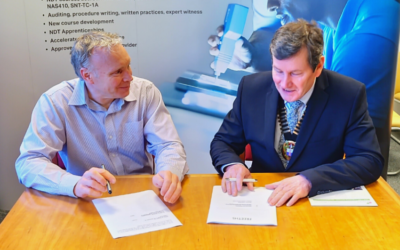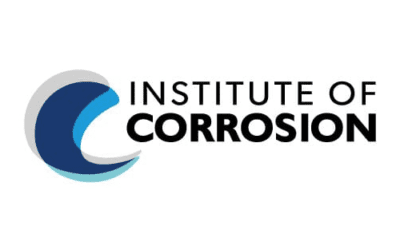James Hesketh – National Physical Laboratory
Stable pitting is a precursor to sulphide stress corrosion cracking (SSCC), which is one of the main causes of failure of stainless steel pipelines used in sour Oil and Gas production. Despite this, the underlying mechanism governing the growth of such pits is poorly understood, and hence materials selection for sour service is dependent upon costly and time consuming environmental exposure and SSCC test programmes.
In this study we investigate the role of hydrogen sulphide (H2S) in pit propagation as a first step towards the development of accelerated test methods for SSCC resistance. Novel electrochemical techniques are employed to determine the relationship between bulk solution chemistry and the critical pit chemistry required to induce stable pitting in sour environments.
Electrochemical measurements are correlated with results obtained from standard SSCC tests and are rationalised in terms of the balance between H2S diffusion through the pit mouth, H2S consumption within the pit and the role of the external cathode.
The implications for more informed and cost-effective materials selection are discussed.
For copy of the newsletter please click the link
London Branch News – NOV17 – James Hesketh[5479]



